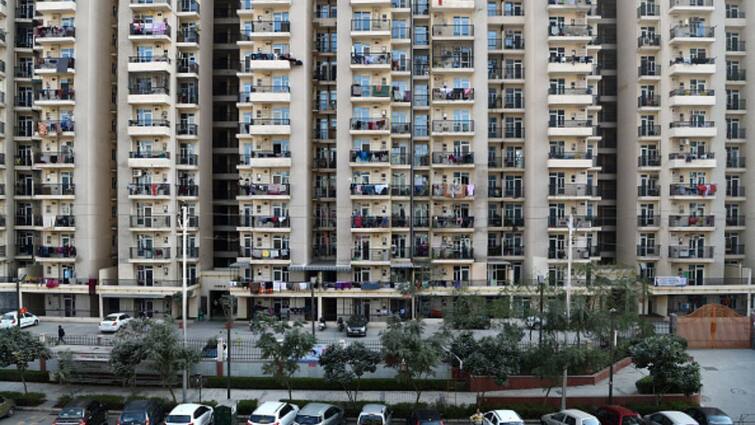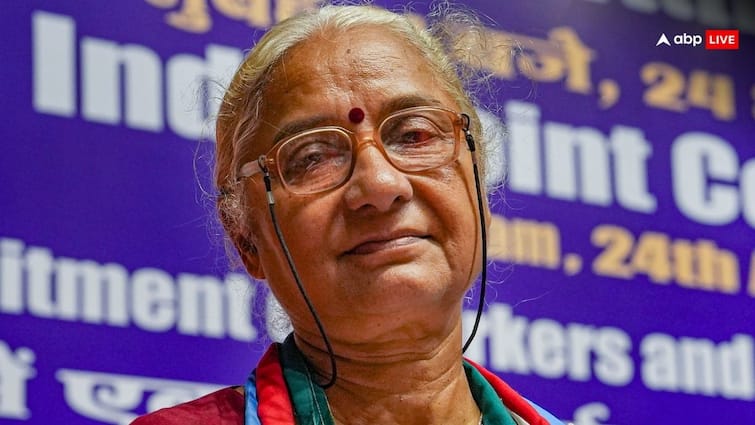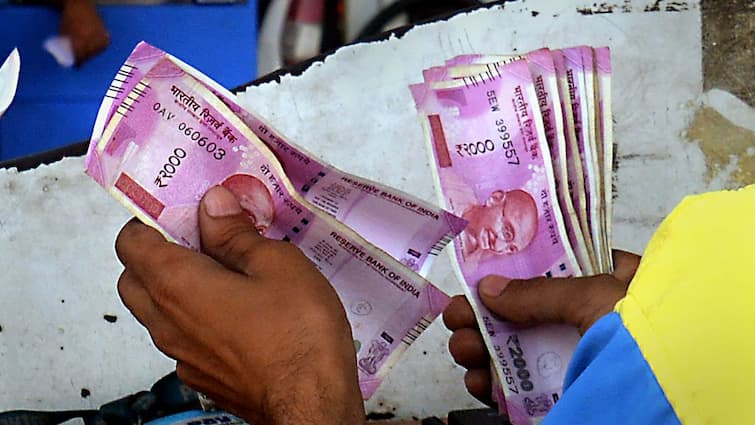Average Housing Prices Across Top Eight Cities Increased 10% YoY In Q12024: Report

Amidst sustained positive sentiment in residential real estate, average housing prices surged by 10 per cent annually during Q1 2024. While each of the top eight cities witnessed annual price appreciation, average housing prices in Bengaluru, Delhi NCR, Ahmedabad, and Pune registered double digit growth. On a quarterly basis too, housing prices across majority of the cities saw a noticeable 2-7 per cent increase.
Although the market continued to be largely favourable for both homebuyers and developers, unsold inventory at an India level witnessed a marginal 3 per cent YoY increase. Notably, Pune led with a significant 10 per cent YoY drop in unsold inventory, closely followed by Delhi NCR and Ahmedabad, each recording an 8 per cent annual reduction.
As of Q12024, unsold inventory across the top eight cities stood close to 10 lakh units, with MMR alone having almost a 40 per cent share. Interestingly, robust demand momentum led to a slight drop in unsold units on quarterly basis. Although, Hyderabad and Bengaluru saw yearly increases in unsold inventory, both cities saw a slight quarterly dip. Developers are likely to keep a close watch on available stock and anticipated demand while timing their new launches in the near-term.
Boman Irani, president of CREDAI National, said, “The surge in housing prices is a direct consequence of the robust housing demand that we’re witnessing, especially in premium and luxury housing, by homebuyers across the country. These are directly linked to not just a stable lending eco-system but also the emergence of various micro-markets that have been the primary beneficiaries of significant infrastructural projects, which has altered the demand-supply dynamics in residential real estate and we do not foresee this momentum to slow down in FY24/25 as well.”
“Residential real estate in India continued to benefit from positive sentiments in the first quarter of 2024, with average housing prices increasing by an impressive 10 per cent on an annual basis. This upward trend reflects the resilience and dynamism of the residential sector, buoyed by factors such as stable repo rates and infrastructure upgrades across most of the major Indian cities. With prospects of reduction in benchmark lending rates in the ongoing fiscal year, affordability can improve in the near term, especially for the EMI dependent homebuyers,” said Badal Yagnik, chief executive officer, Colliers, India.
“In the top 8 cities of India, property prices have seen a notable 10 per cent YoY increase, alongside strong sales, and new supply introductions. Bengaluru leads with a 19 per cent spike in housing prices, followed by significant escalations in Delhi NCR, Hyderabad, and Pune. Factors like luxury demand, upcoming infrastructure projects, and strategic launches drive these increases. With moderate inflation and interest rates, the real estate sector is expected to maintain demand due to affordability. The prices could increase by 10-15 per cent, bridging the gap between affordability and inflation-adjusted prices,” said Pankaj Kapoor, Managing Director, Liases Foras.
Bengaluru saw the highest price rise across top eight cities
Bengaluru saw the most significant annual price surge among top eight cities, with prices soaring by 19 per cent. Within Bengaluru, the Periphery and Outer East micro market saw the steepest upward movement at 32 per cent YoY increase. It was followed by the Periphery and Outer North with 18 per cent annual growth in average housing prices. Key IT hubs such as Whitefield and KR Puram witnessed notable demand for spacious units, particularly 3BHK and 4BHK configurations.
In Delhi NCR, housing prices saw a substantial annual increase of 16 per cent, with Dwarka Expressway, notably witnessing a 23 16 per cent increase in average capital values. With significant number of new launches, the trend is likely to continue in residential catchment areas along Dwarka Expressway throughout 2024.
Unsold inventory in Pune saw steepest drop
Of the eight major cities, Pune witnessed the steepest drop in unsold inventory levels. The 10 per cent YoY decline in unsold units, highlights strong housing demand across the city. The reduction in unsold units coincides with a major 13 per cent annual rise in average housing prices.
This price growth was driven by substantial launches in the high-end and luxury segments. Key localities such as Camp and Baner witnessed significant YoY price increases, ranging between 20 per cent and 23 per cent. Going ahead, with continued progress on key infrastructure projects such as Metro Line 3 and Pune Ring Road, and completion of marquee Grade A commercial developments, areas like Baner, Chinchwad, Shivaji Nagar, and Nagar Road are likely to witness high residential activity in the near to mid-term.
Pan-Indian residential price trends (Q12024) (in Rs/sq ft):
|
City
|
Average Price Q1 2023
|
Average Price Q4 2023
|
Average Price Q1 2024
|
QoQ Price change (Q1 2024 vs Q4 2023)
|
YoY Price change (Q1 2024 vs Q1 2023)
|
|
Ahmedabad
|
6,324
|
6,737
|
7,176
|
7%
|
13%
|
|
Bengaluru
|
8,748
|
9,976
|
10,377
|
4%
|
19%
|
|
Chennai
|
7,395
|
7,701
|
7,710
|
0%
|
4%
|
|
Delhi NCR*
|
8,432
|
9,170
|
9,757
|
6%
|
16%
|
|
Hyderabad
|
10,410
|
11,083
|
11,323
|
2%
|
9%
|
|
Kolkata
|
7,211
|
7,912
|
7,727
|
-2%
|
7%
|
|
MMR*
|
19,219
|
20,047
|
20,361
|
2%
|
6%
|
|
Pune
|
8,352
|
9,185
|
9,448
|
3%
|
13%
|
Source: Liases Foras, Colliers; All the prices are based on carpet area; *NCR- National Capital Region; **MMR- Mumbai Metropolitan Region




